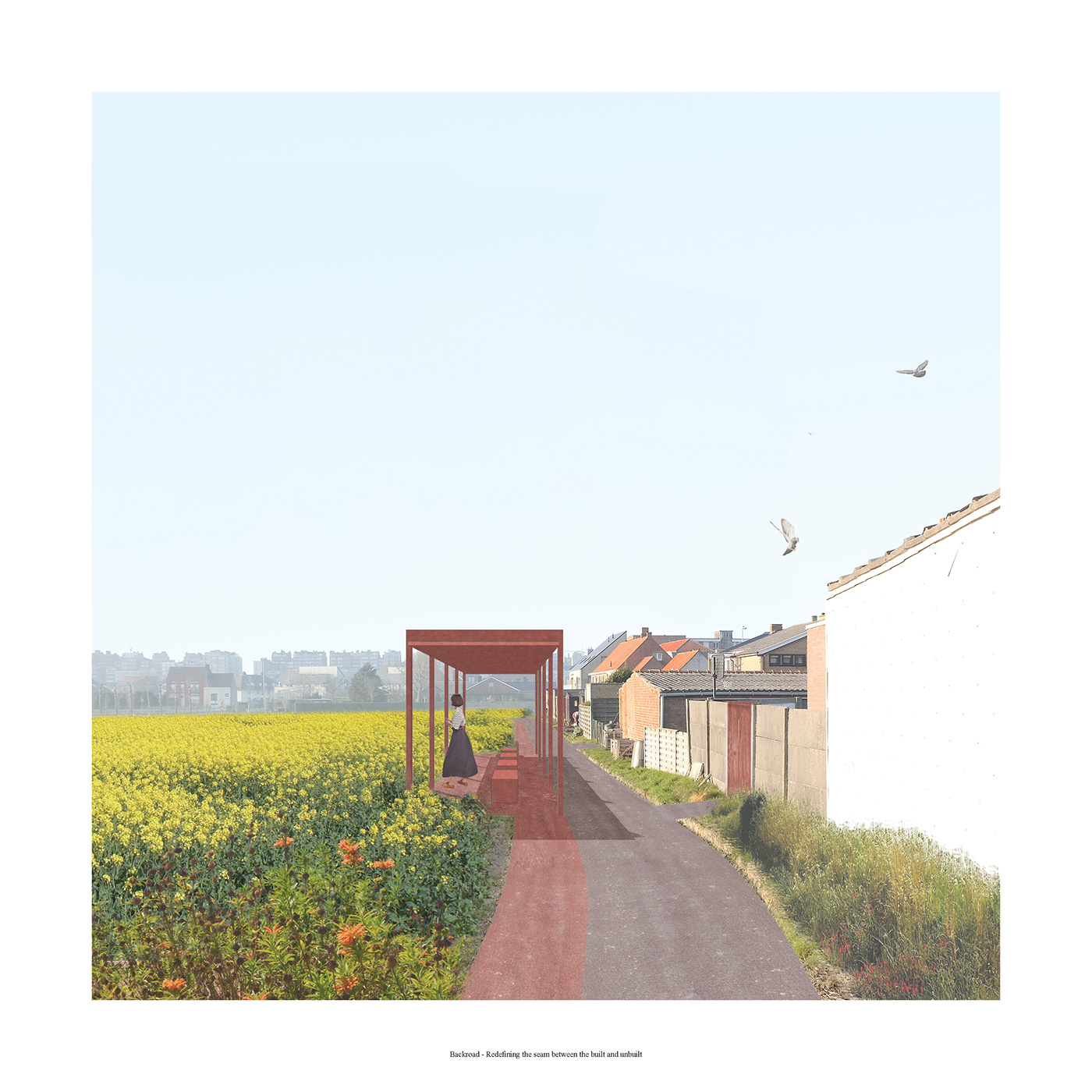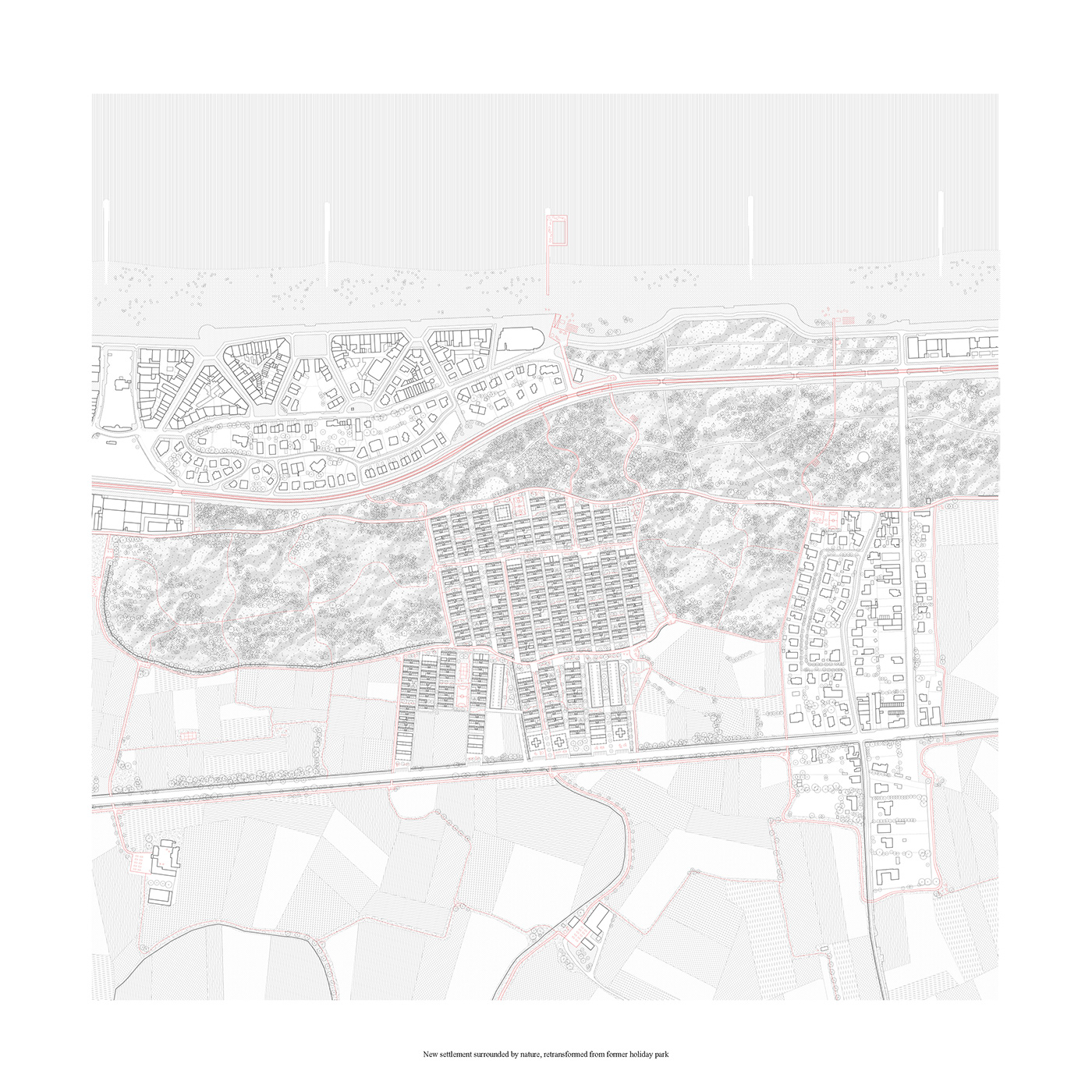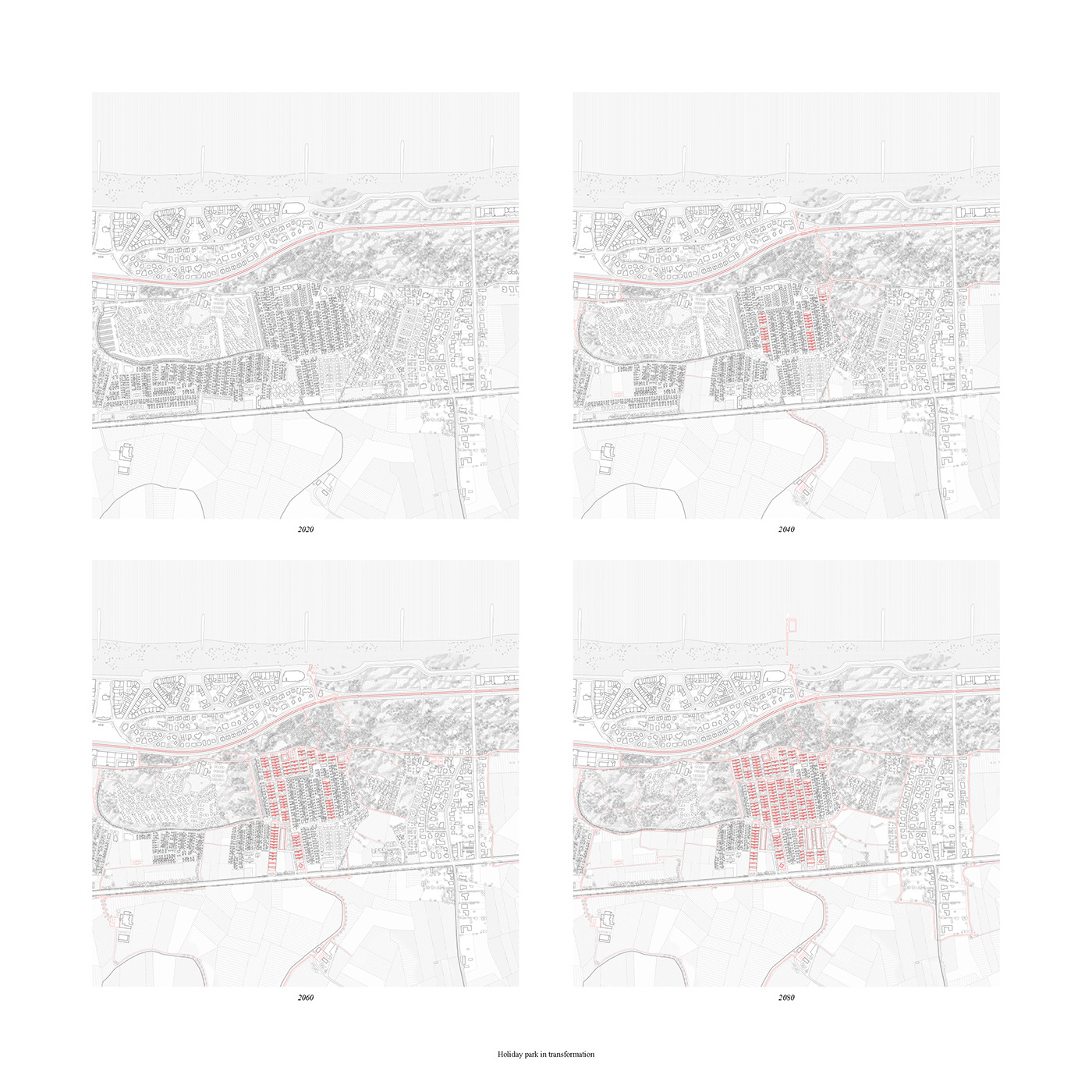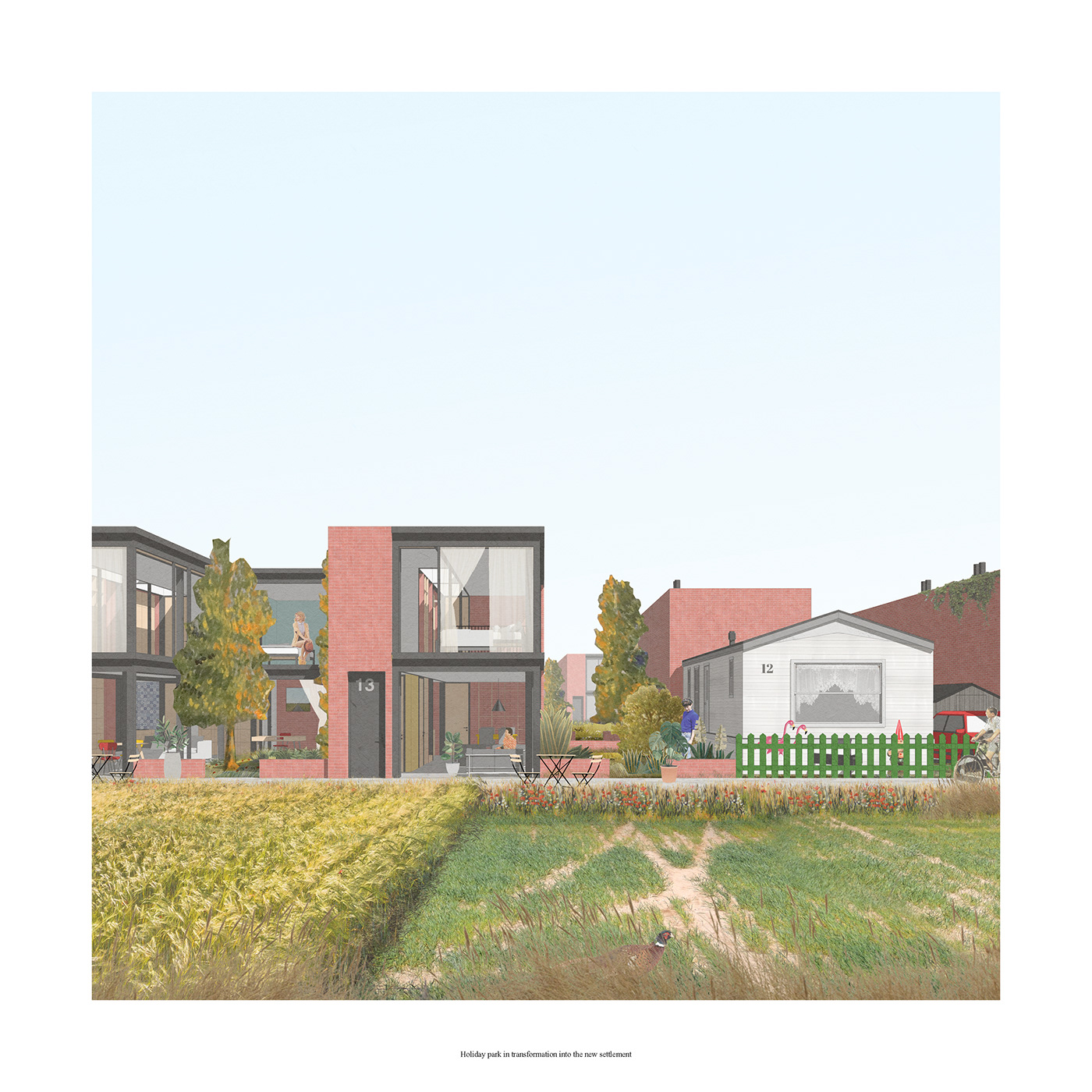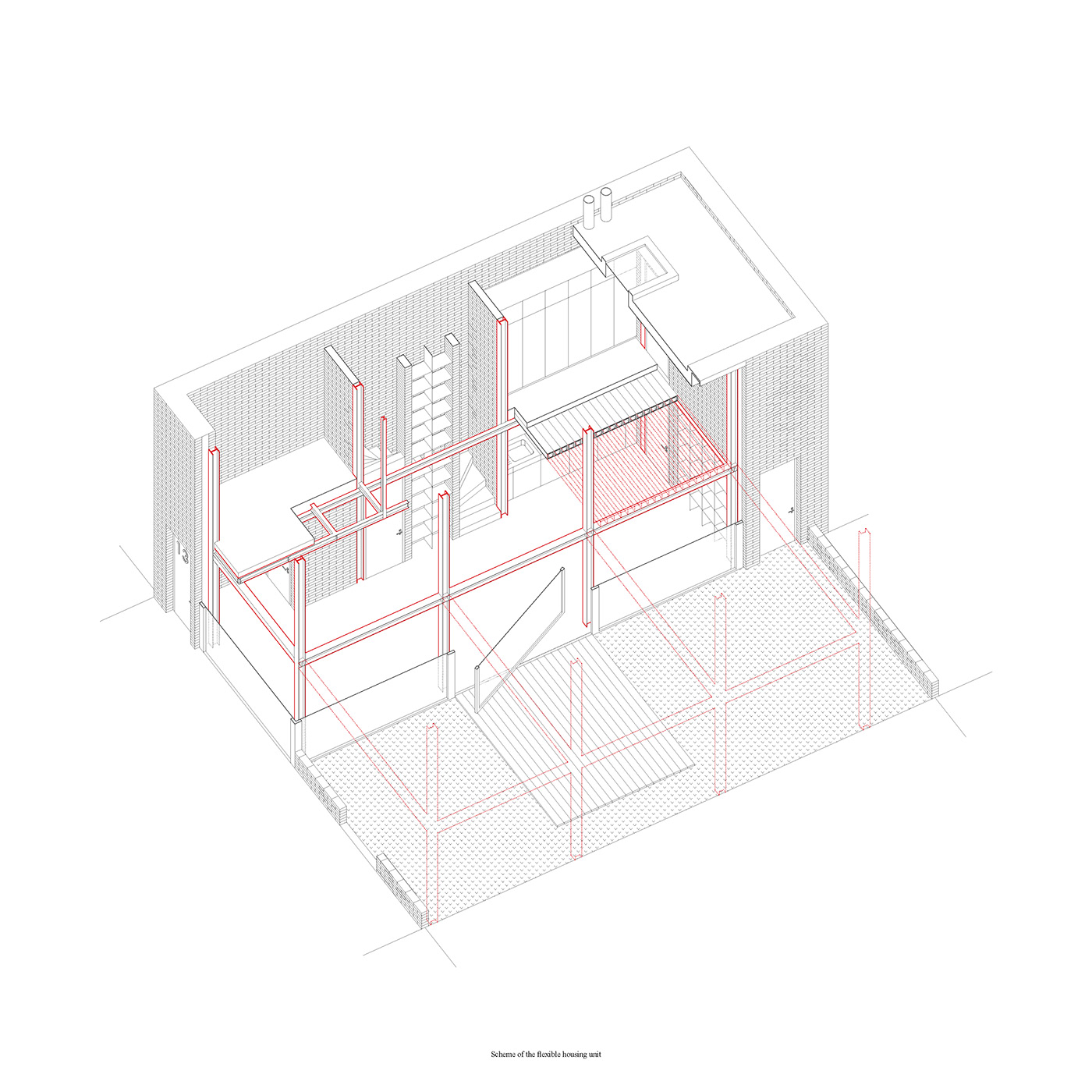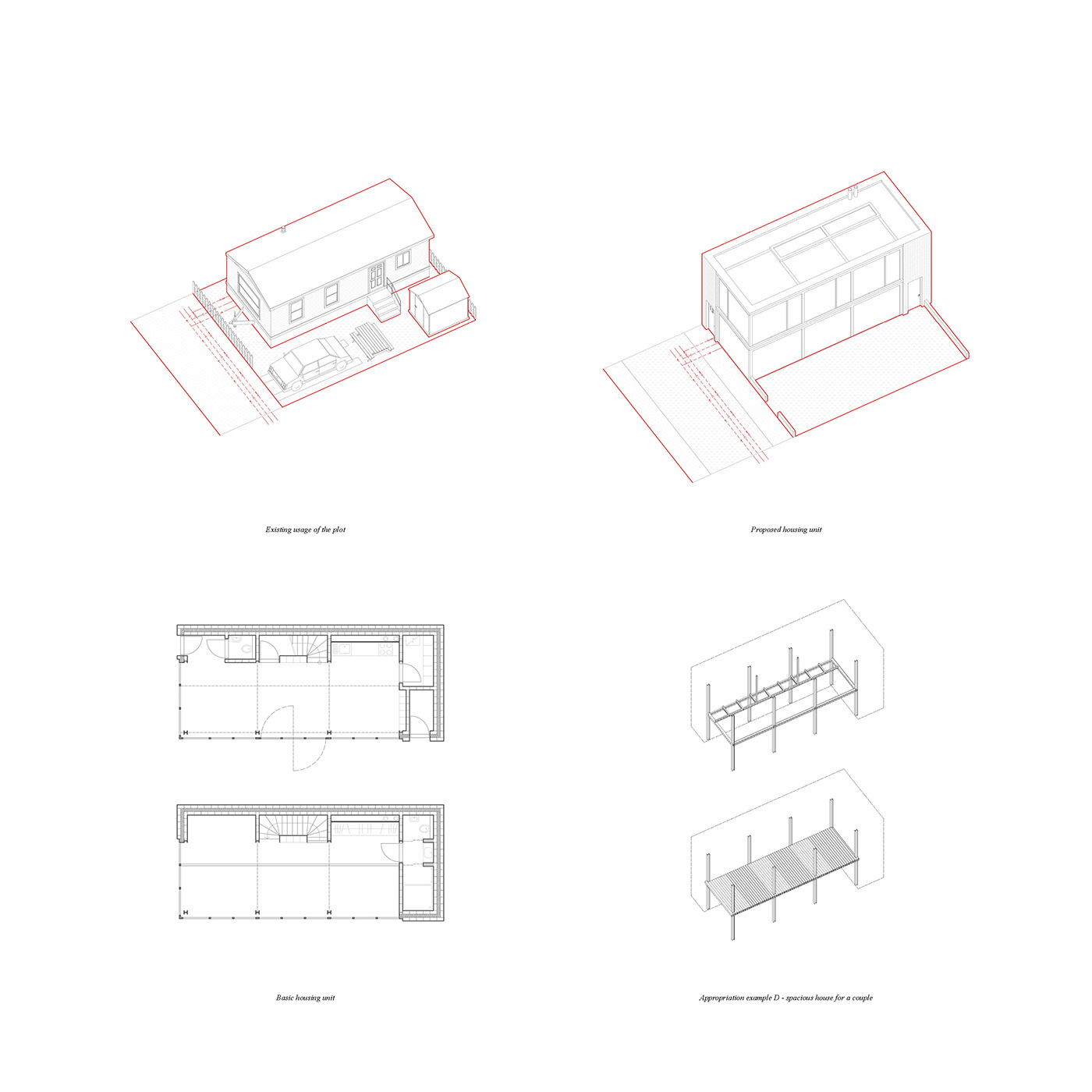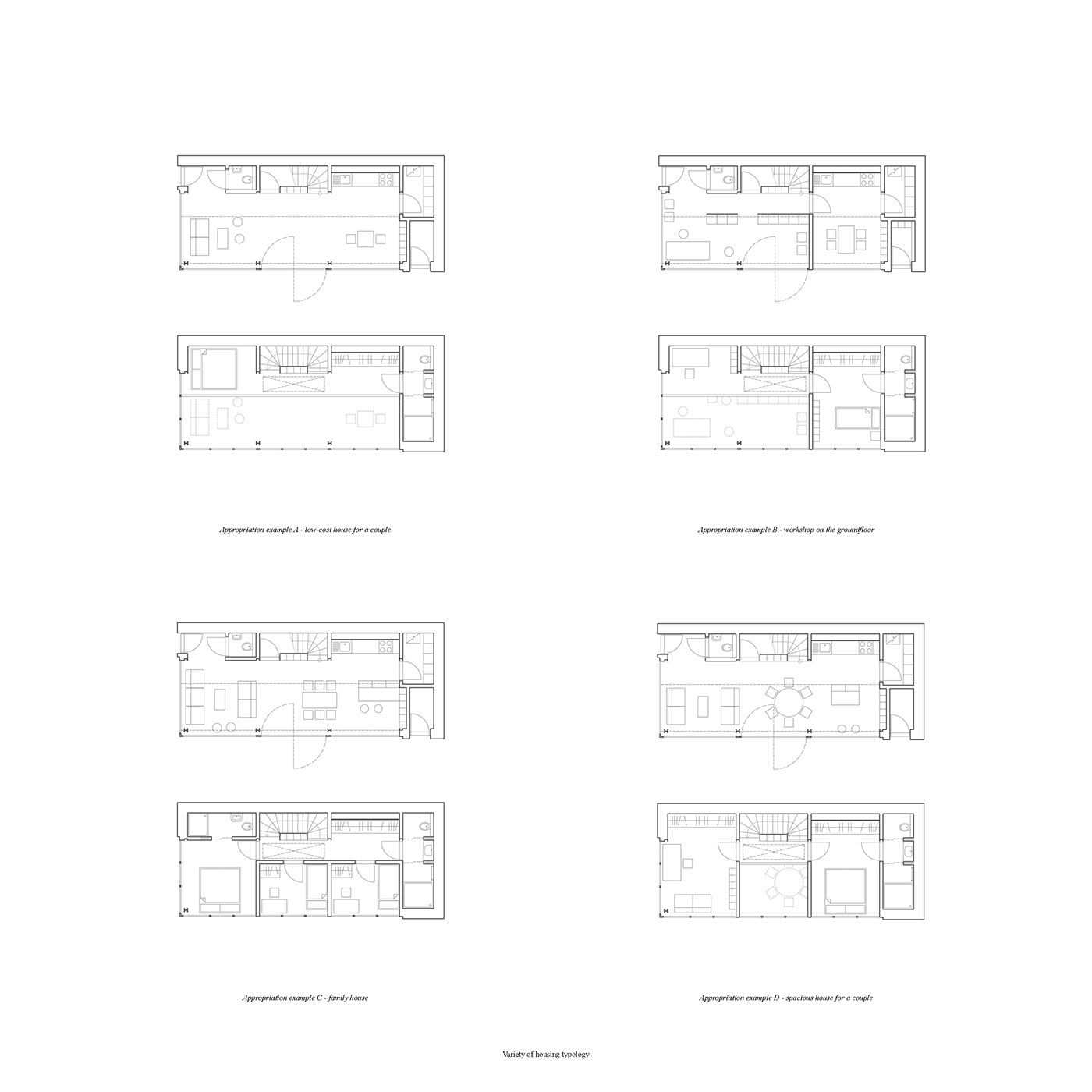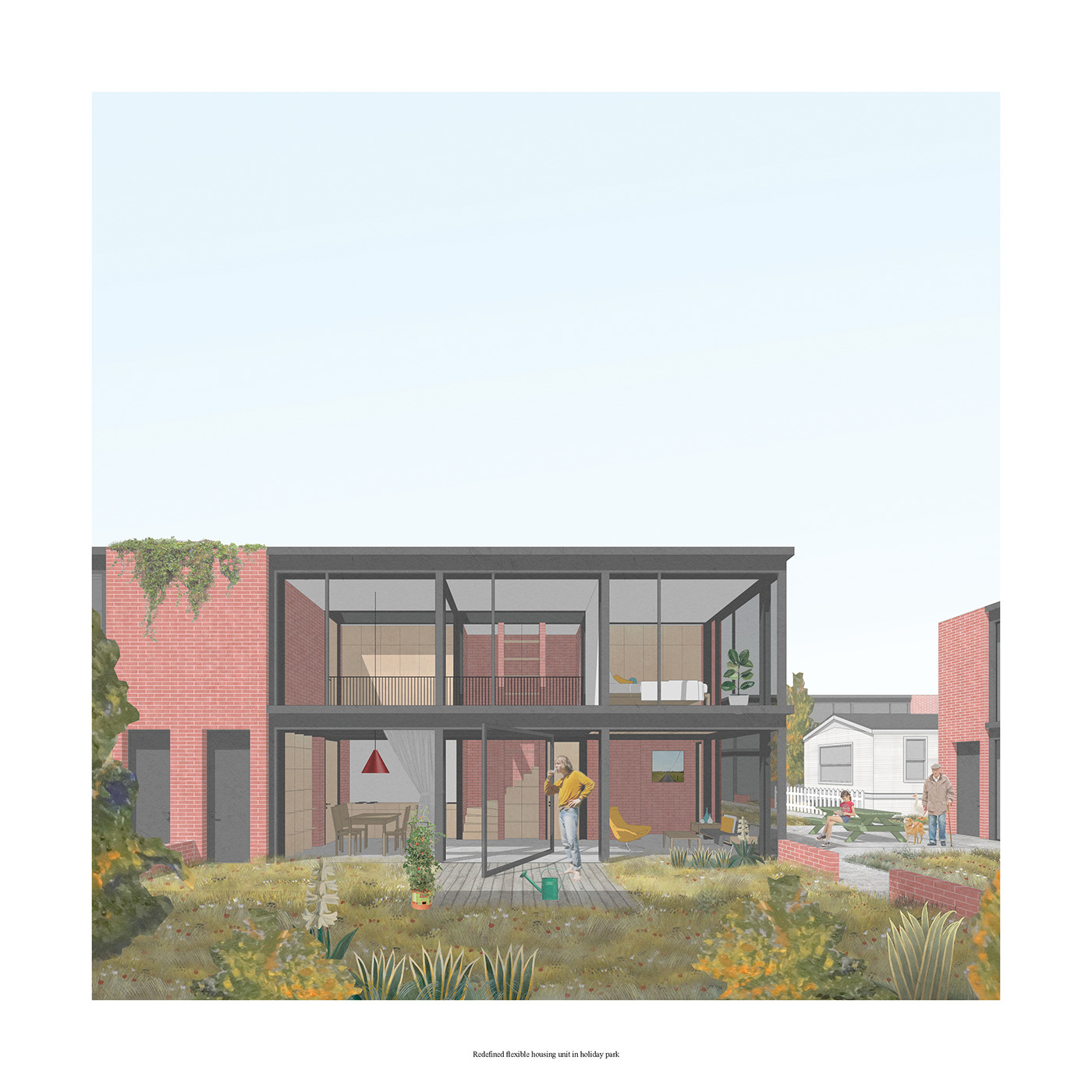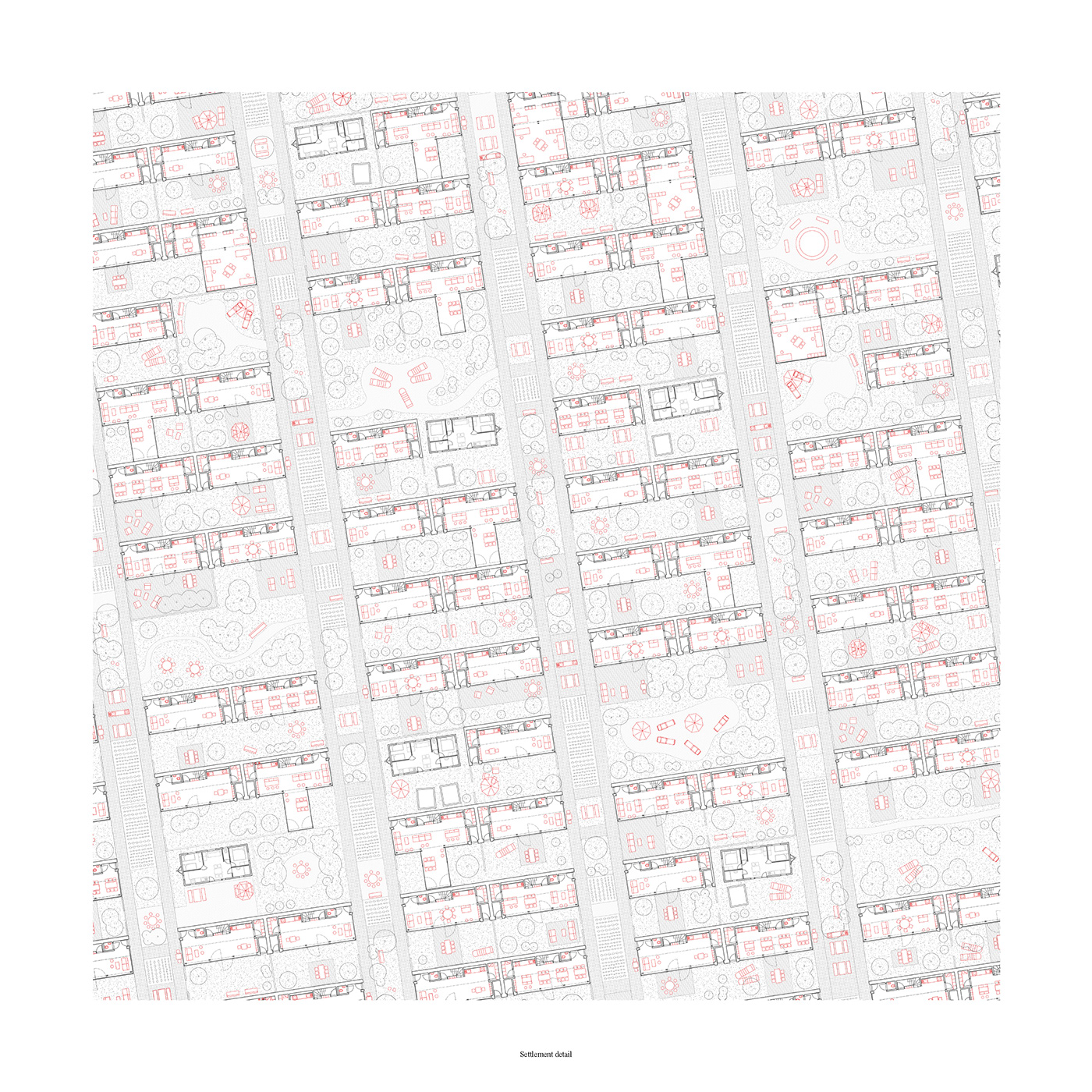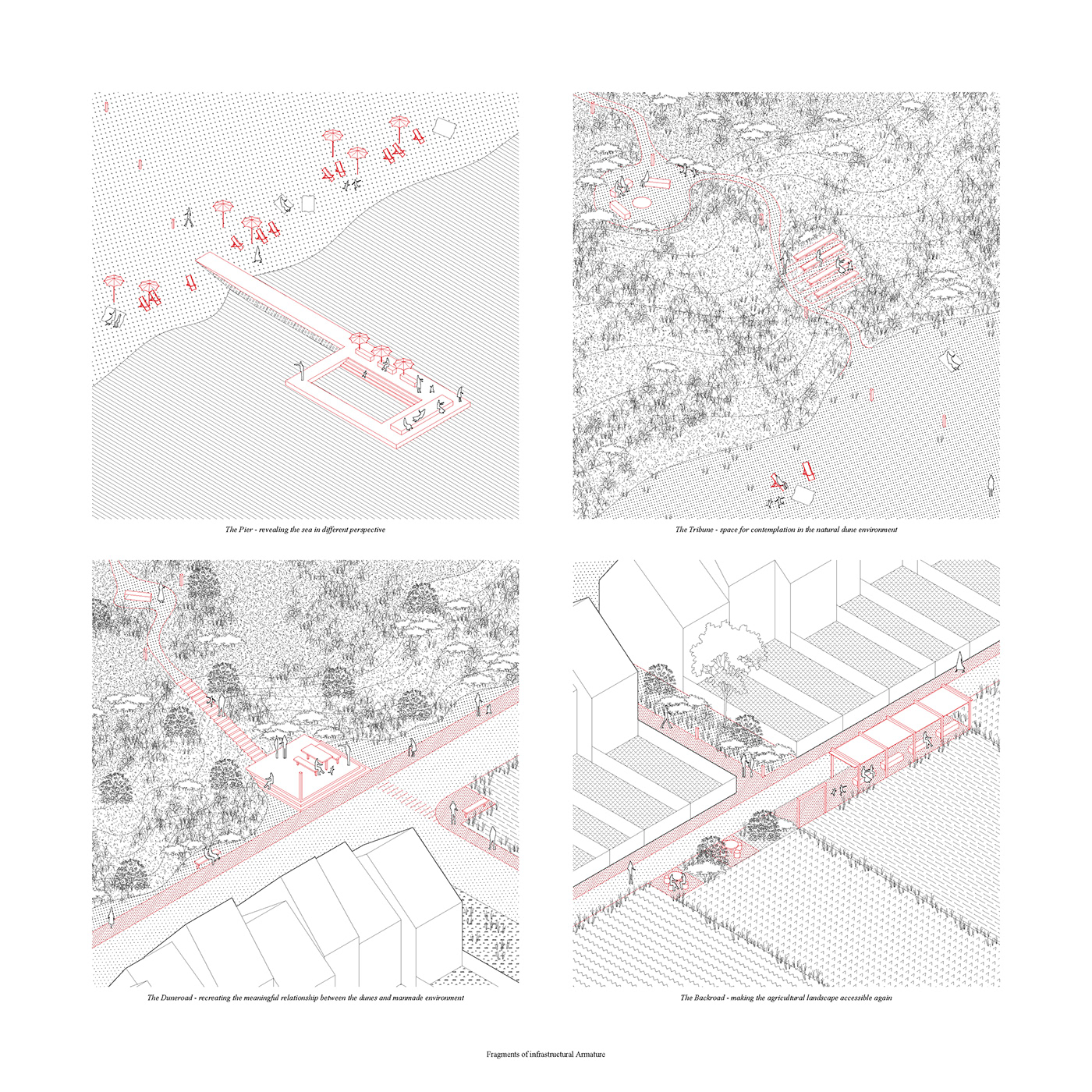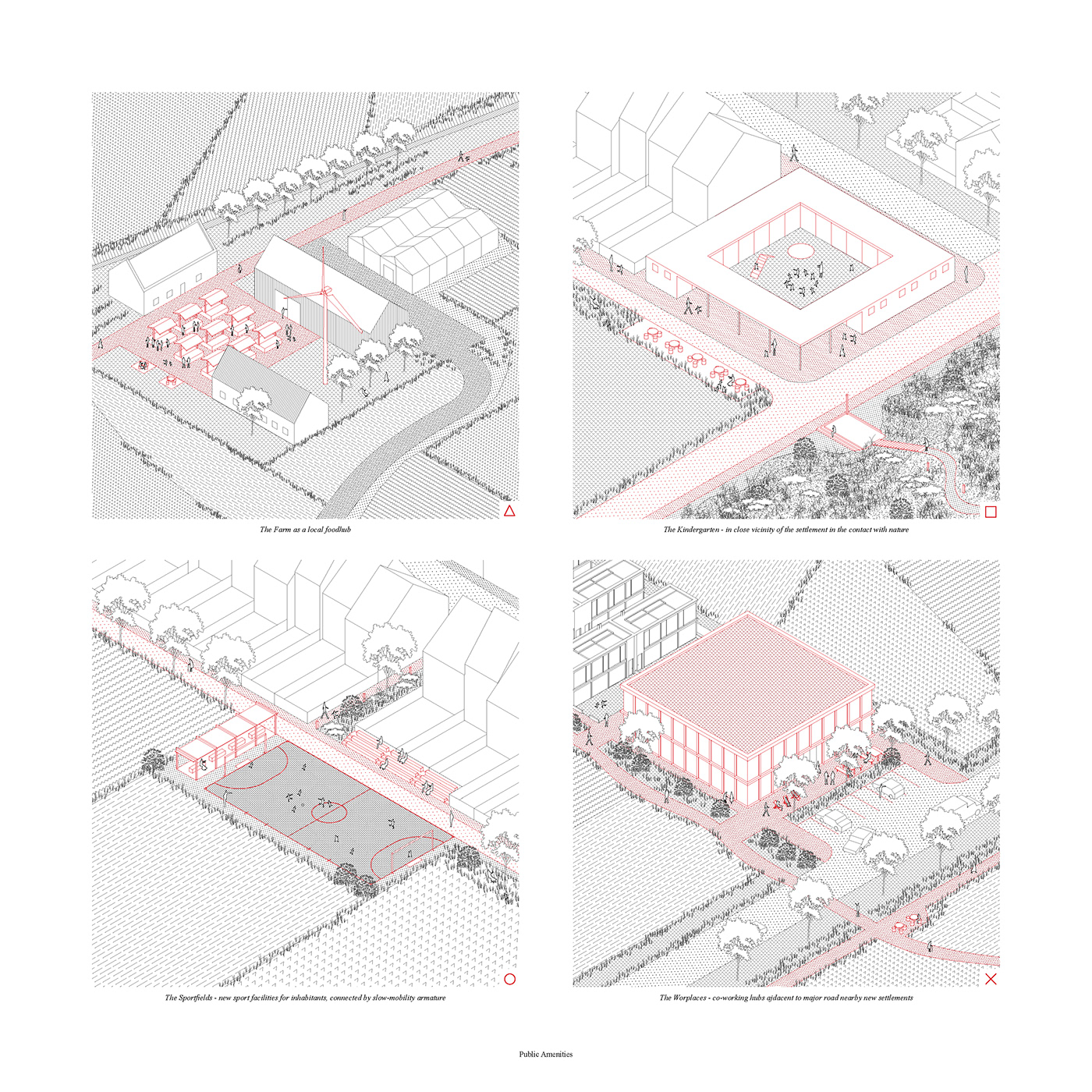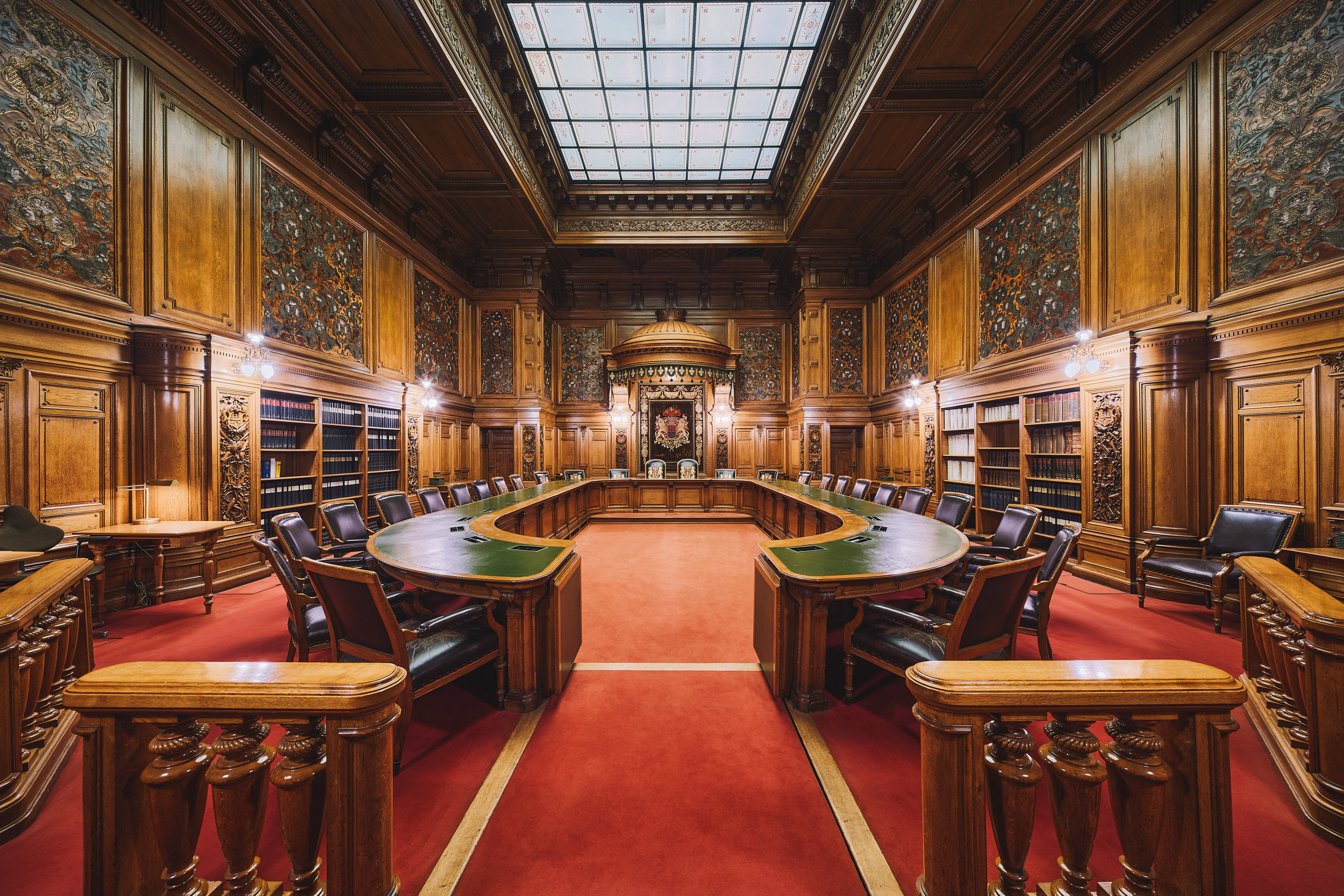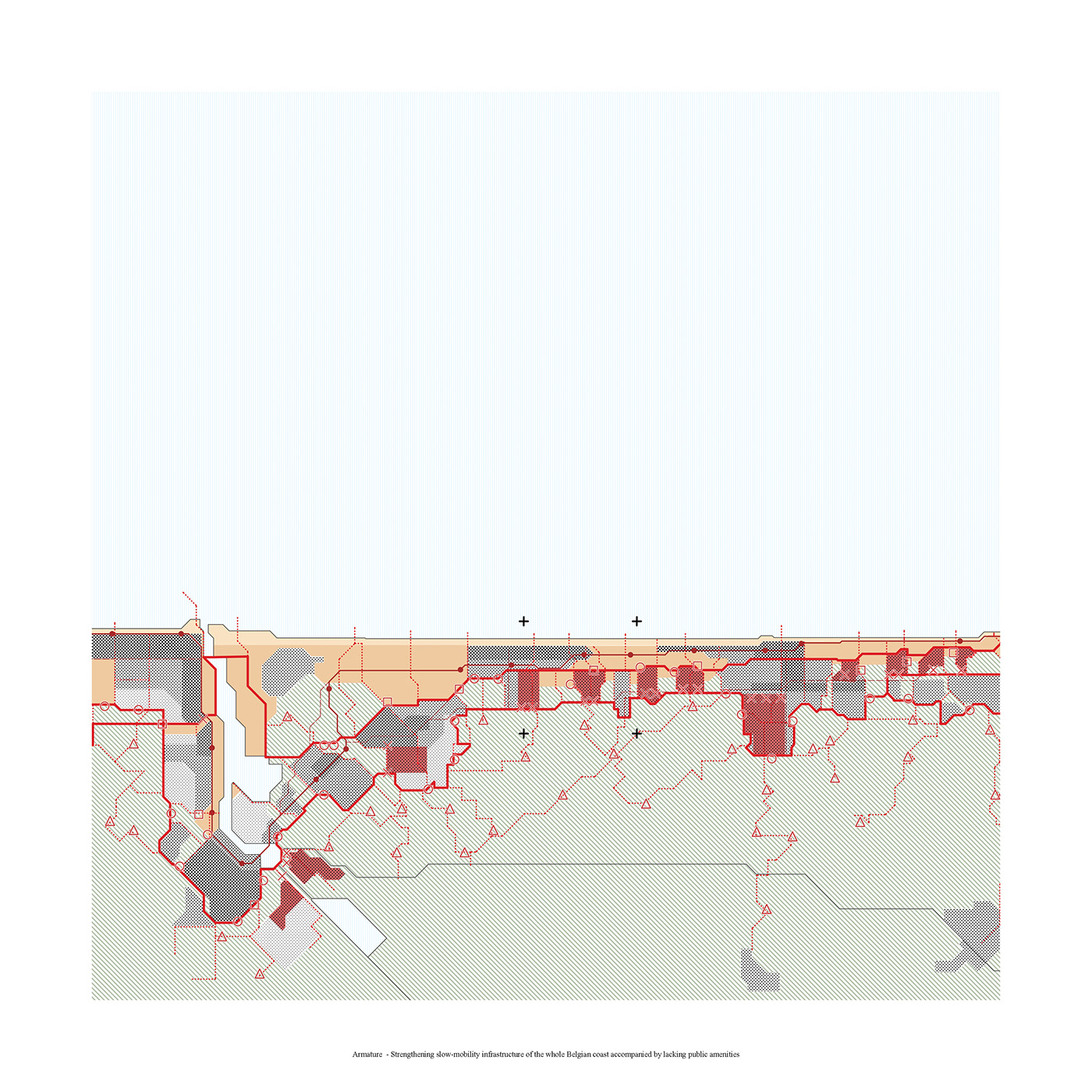
Restart for the Coast
Master Thesis
tutor: Martino Tattara - DOGMA
KU Leuven 2018
The coastal territory in Belgium is a very peculiar place. As a tourist who is coming for a visit, you see only nice beaches, promenades with expensive restaurants and many attractions which. This prevents you from thinking about the other side of the thing. Tourism is both salvation and destruction for the belgian coastline. It brings wealth into the region, but on the other hand, regular inhabitants are left behind as the municipalities do more for occasional visitors.
The bathing resorts that emerged in last century chaotically filled up almost the entire stretch of coast and took a big chunk of the valuable landscape. The formerly compact small towns and villages have grown significantly and totally lost bond with the surroundings and became disconnected from the constraints of territory. This exploitative relationship of towns with the landscape started 150 years ago and persists to this day. The municipalities do not have a shared vision concerning new development and there is no cooperation across the scales – from territorial to architectural. The region has many social and economic problems which are spanning across these scales and because of this lacking strategy, they are left unsolved.
The goal of my thesis is to precisely define the problems that Belgian coastline territory suffers from, even those that are not visible at the first sight, and by proposing a complex strategy contribute to their solution. This strategy extends over multiple scales and aims to serve as a catalyst for a positive change of the region. Change towards the new coast, where settlements have a more meaningful relationship with the territory, where regular inhabitants are not left out forgotten, where is enough of possibilities and values to live a meaningful life.
The large-scale part of the project that I have designed is a strengthening infrastructural armature which is connecting the whole territory and adding new missing slow-mobility networks – bike paths and pedestrian transversal links. At the same time, it works as a stabilizing element for new development, which is redefining the seams between the built and unbuilt and recreating the mutual relationship between them. New public space and amenities are built along this territorial infrastructural artery.
In intermediate scale, I am defining the key sites at the municipal level, for new growth as well as for the demolition. This is done in order to make the territory work as a whole, get rid of bottlenecks which are fragmenting the landscape, and also to select the most valuable building plots for new public facilities, which would then become functional also in large scale.
In a smaller scale, I am focusing on declining camping sites and holiday parks and I am giving an example, how municipalities should reuse these plots in upcoming years. I had rethought the trailer park, kept the valuable infrastructure and proposed a new innovative form of housing on the similar spatial layout as they currently have.
These three scales work as one whole and and every single one of them cannot work without the other two. By this, I am reacting to the current lack of cooperation between different scales in urban planning, which often results in isolated development without any connection with the whole. I believe that only multi-scale approach over the time can provide an answer to the current coastal crisis.

